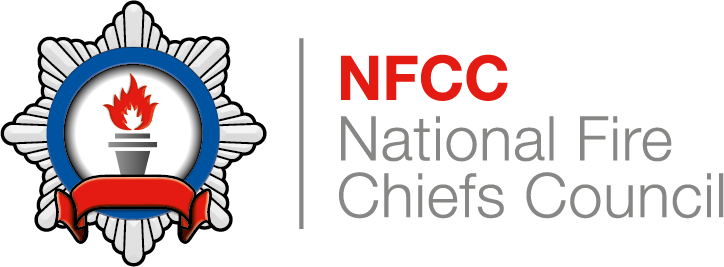Isolate power supplies for on-site machinery
Control Measure Knowledge
On-site machinery may still be operating when the fire and rescue service arrives. Personnel should liaise with on-site staff to identify where and how to isolate the on-site machinery, and to consider the implications of isolating power supplies to it. Keeping processes going may support fire and rescue service operations, for example, by reducing the volume of material that could be affected by the incident.
Power supplies to on-site machinery may include:
- Electricity including batteries
- Uninterruptible power supplies and standby generators
- Gas
- Pneumatics
- Hydraulics
- Kinetic, for example, windmills and watermills
It may be necessary to isolate power supplies for on-site machinery, especially if there is a potential hazard to personnel or other emergency responders. Where possible, advice or assistance should be requested from the responsible person; they may be able to isolate the power supplies for the on-site machinery.
Industries will use various methods for isolating power supplies. Some types of machinery may take a considerable time to isolate, and in some circumstances, it may not be possible to prevent reactivation.
Isolating power supplies to machinery may have an impact on the business; for example, some on-site machinery may be damaged by emergency isolation.
The power supply for the machinery may be remote from the equipment. Instructions may be displayed for isolating the power supply or using manual controls. Specialist advice will be required if there is any doubt about the isolation of on-site machinery.
Isolating power supplies may involve using:
- A tag out system – where a warning tag is attached to the power controls once in a safe position (off or closed), but reactivation may be possible
- A lock out system – where a padlock or bolt is used to prevent reactivation
When on-site machinery has been isolated, a robust system should be implemented to ensure that it is not restarted until agreed by the incident commander. This includes communicating the tactical plan to all emergency responders, including the presence and status of on-site machinery.
Depressurising systems
Automatic safety or pressure release valves may be fitted to the equipment. It may be necessary to use manual safety or pressure release valves to depressurise the system.
Where possible, advice or assistance should be requested from the responsible person; they may be able to depressurise the system.
